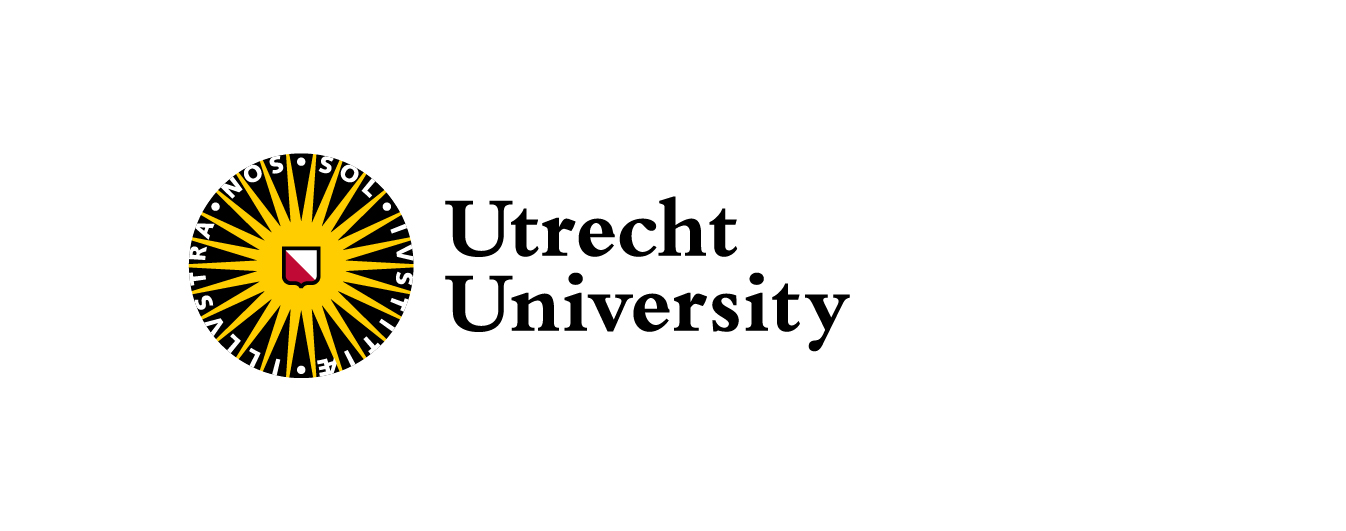Advancements in quantum computing continue to progress, bringing us closer to a future where these machines can be widely integrated. Recognising the potential transformative impact these computers will have, it becomes crucial for companies to anticipate and prepare for future changes. One approach to this preparation involves digital persuasive games, which have emerged as valuable tools for providing interactive and enjoyable educational experiences aimed at behavioural and attitudinal changes surrounding complex topics. Previous research has established theoretical models outlining optimal strategies for developing persuasive games. This thesis adopts the model presented by De la Hera, which emphasises the role of visual persuasion in influencing players. However, the validity of this model has not been conclusively confirmed or rejected.
To assess the effectiveness of visual persuasion in enhancing player persuasion, I have developed two versions of a game, maintaining identical gameplay but incorporating additional visual elements in one version. Through a comparative analysis of these two versions, the primary objective of this study was to establish whether the version with visual elements had a higher persuasion level.
Results indicate a perceived increase in persuasion in the version featuring visual elements. However, this effect lacks statistical significance. Consequently, a definitive determination regarding the effectiveness of visual persuasion within De la Hera's model remains inconclusive based on the findings of this study.
